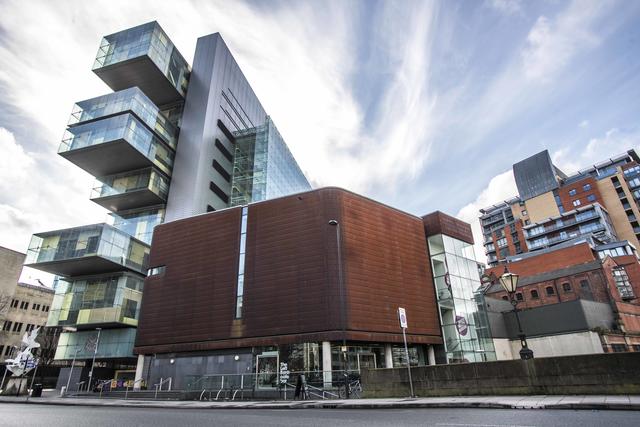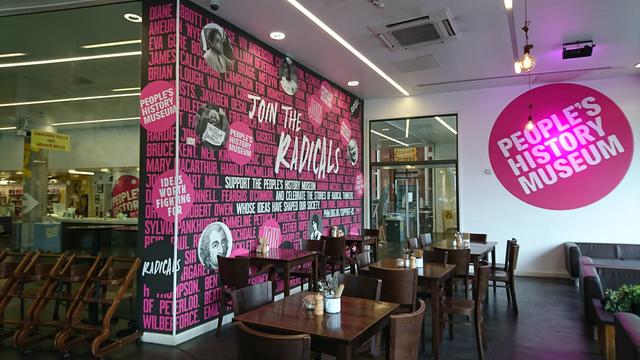You’ve won their support, but where do you go from here? Head of Business Development at People’s History Museum, Manchester, and Fundraising Fellow 2019, Sarah Miguel shares lessons learned through cultivating a meaningful donor experience.
This is a story of failure, commitment, and generosity.
Imagine this. You hear that an arts organisation is doing great work in making history relevant. Or more realistically perhaps, in an era of austerity, you hear the museum is in financial trouble. You attend an event, and some contacts in your network have pledged their high-level support. When asked for your help, you see how the mission resonates with your values, and you want to be a part of it. Generously, you make your commitment to give. You receive a thank you card in the post. Months later, you receive an invitation to their new exhibition preview.
A year passes, and you have been receiving an e-newsletter from time to time, so you understand good things are happening. Your next payment debits from your account, and if you’re lucky, you’ll receive a written thank you. You did spot the organisation mentioned in the newspaper, on Twitter and on the telly a few times.
Years pass, more e-newsletters and exhibition preview invitations land, but you are increasingly distant from their work. You no longer have a key point of contact, not that you’re aware of, and whilst it’s great to see the museum doing fantastic work with communities, you’ve not visited for years and you feel distanced from the work, distanced from that mission.
Your hard-earned pennies continue to debit, and before you know it, three years have passed since your initial commitment and you’re asked to renew your support…
Do you decide to continue supporting the museum








